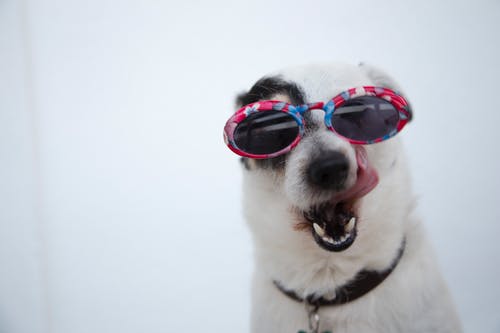If you are aware of how to care for your pet post-surgery properly, you’ll be able to restore your pet to normal as fast as possible. This will also help be prepared for any issues that might develop. Being knowledgeable on how to care for your pet after surgery is essential to help your pet go back to its usual active and healthy lifestyle. Surgery can be difficult for you and your pet, so you should know how to care for your pet after surgery.
What type of procedure should you be worried about?
Whatever sort of operation your pet is scheduled to undergo, your veterinarian, vet surgeon will be sure to provide you with appropriate postoperative health recommendations. There could be specific and crucial instructions given for your pet’s surgery, so be sure to follow your vet’s guidelines. are some tips that may ensure your pet is secure and at ease during their recovery and getting back to their typical routines.You may visit their website at MontecitoPetHospital.com for more information.
What to Expect After Surgery
Most surgical procedures necessitate your pet to be placed under general anesthesia. General anesthesia can render your pet unconscious and stop them from experiencing pain during the treatment, but letting the effects fade might take some time. Anesthesia can make your pet drowsy and unsteady in its boots. These are typical side effects and will improve after a few hours of rest.
Feeding After Surgery
Anesthesia may make your pet more ill as well as less hungry. Chicken and rice are simpler to digest than store-bought pet food following surgery. Your pet’s appetite should return after 24 hours of surgery, and they should normally be eating. Contact an emergency animal hospital if your pet’s appetite isn’t increased within the first 48 hours. Infection or pain can lead to the loss of appetite.
Managing Pain After Surgery
The veterinary surgeon, vet, or nurse veterinarian will tell you how to provide pain medicines to your pet after surgery. Follow the recommendations of your veterinarian to ease your pet’s pain while it heals. It is possible that healing will cause discomfort in the area of the incision and other areas. Following surgery, pets receive painkillers and antibiotics. If your pet is anxious or stressed, your veterinarian may prescribe a sedative or anti-anxiety medicine.
Keep Your Pet Comfortable
Providing your pet with a tranquil place to sleep is crucial after undergoing surgery. The incision site could be stretched and straining If your pet sleeps in a tiny bed to sleep. Therefore, you may wish to invest in the size of a bigger bed. It may be possible to increase the speed of your pet’s healing from surgery by allowing them to stretch out so that there is no additional strain on any injured or sensitive areas of their body.
Limiting Movement & Confinement
Veterinarians recommend limiting your pet’s movements and activities after surgery, regardless of the reason. The incision may reopen. This could occur if the pet does a sudden stretching movement which disrupts healing.
Caring for Your Pet’s Incision Site
Your pet might bite, chew or scratch at the wound or bandages. Cone-shaped plastic collars help keep pets from getting wounds. Suppose your pet is struggling with the cone collar. Donut-style collars or post-surgery shirts are more comfortable alternatives. Consult your vet if your pet can’t rest in a cone collar.
Follow-Up Appointment
Regular check-ups with your vet to monitor for signs of infection before they turn into a severe issue. After surgery, bandages should not be worn for too long. Failure to change bandages in time could result in pressure sores or reduced blood flow. Veterinary experts are trained to treat wounds properly. The professionals should change the bandages to ensure that your pet’s healing stays on track.
Keeping Your Pet Happy While They Recover
Animals don’t understand what they’re going through when they’re recovering. They may feel upset by the lack of activity and irritated at the site of incision and lack of activity; consequently, it’s vital to reassure them in different ways. Engaging in gentle petting and talking to your pet can make them feel relaxed and loved.

